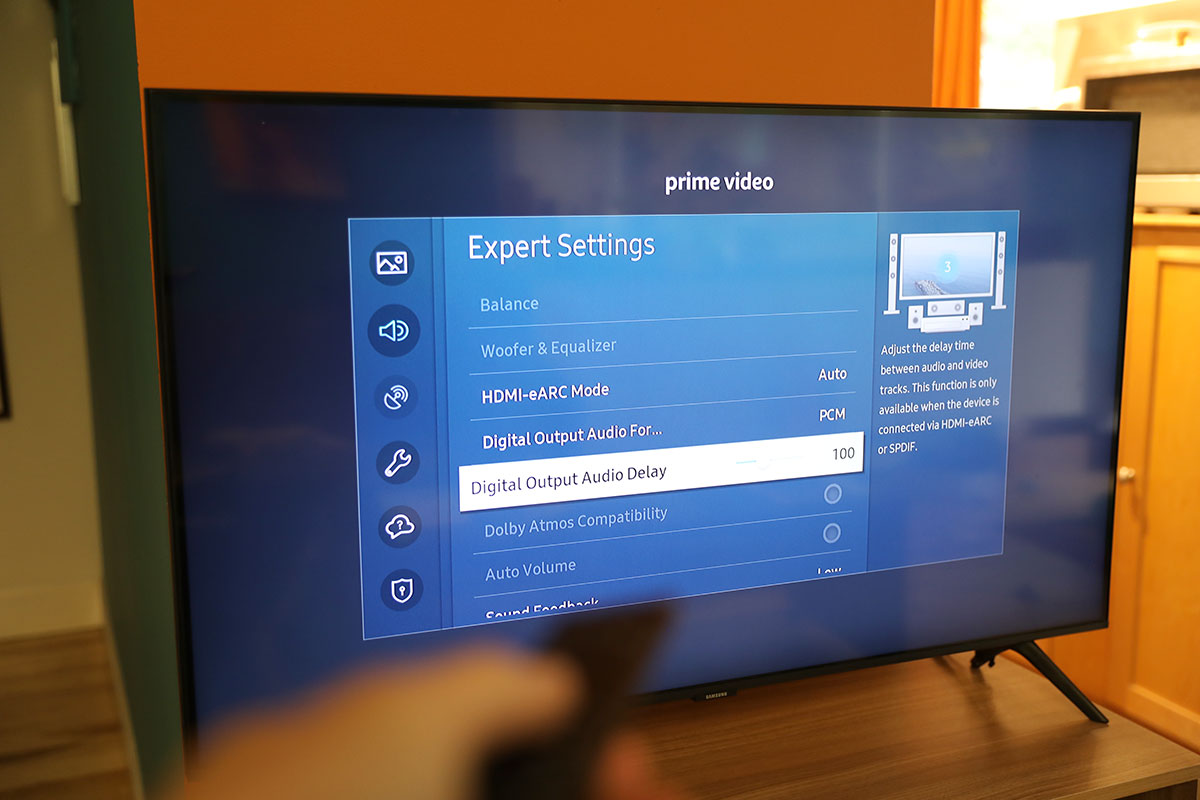
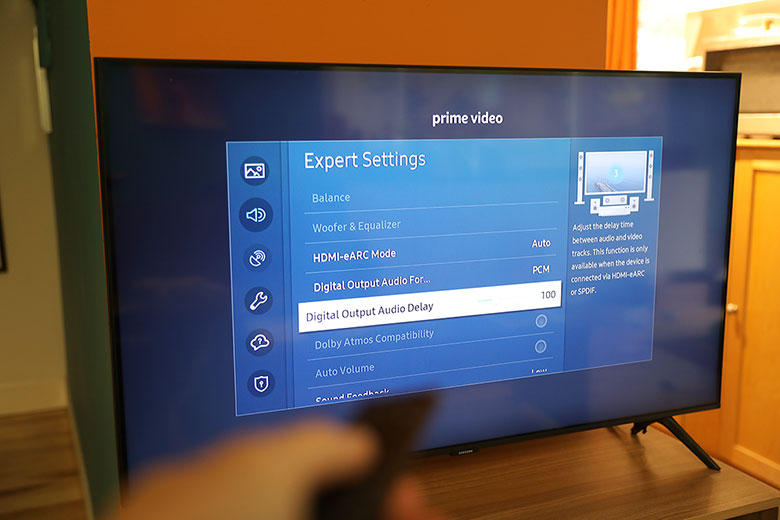
The Master Switch


The Master Switch
It’s arguably the most annoying problem in the audio world. You’ve got a brand-new TV and or soundbar, you’ve hooked everything up, made yourself some popcorn, and settled down to give the beast a try. Only: something isn’t right. It takes you a moment to put your finger on it, but that’s when you realise: the sound and the picture are out of sync. Either the sound arrives slightly before the picture on the TV, or vice versa, making your carefully chosen blockbuster movie look like a badly dubbed Asian action flick.
As human beings, we are supersensitive to this kind of sync issue. Even a delay of a few milliseconds in picture or sound registers as wrong. And unfortunately, not only is this one of the most common issues around, it’s also one of the most irritating to fix. But there are ways to fix things. It will involve a little bit of messing around with cables and menus, but rest assured: this is one glitch you’ll be able to put to bed.
Before we talk about the methods to fix the problem, it’s worth understanding what’s going on. The sync issues with audio and picture usually come from a very simple place, and unfortunately, the way we connect up our TV and sound systems has evolved in such a way that this issue isn’t going anywhere.
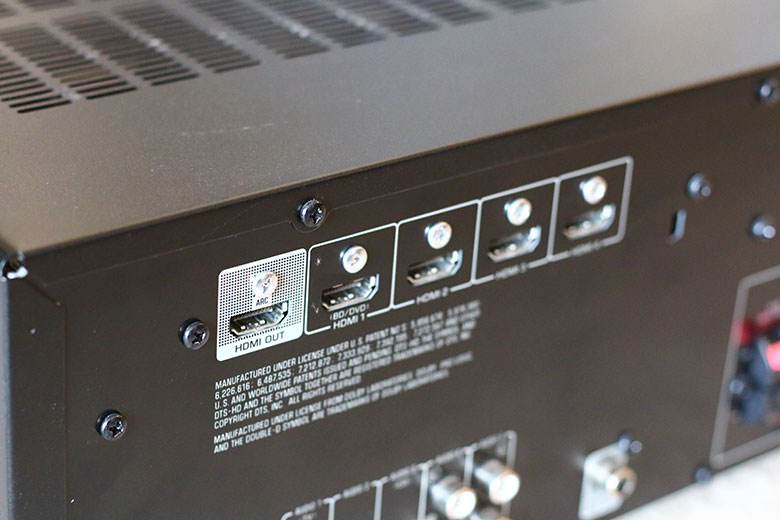
Your video and audio will be produced at a source. That source could be a Blu-ray player, a games console, a tablet, or even your TV itself, when you dial up Netflix. Anything you watch or play that comes from these sources will have two distinct parts: the sound, and the picture. For everything to be copacetic, both of these have to arrive at outputs at the exact same moment. The picture has to display at the very instant that the sound connected to it plays from your speakers. Otherwise, the whole thing falls apart.
The problem: video and audio have different paths to travel, and they aren’t always on the same length. Let’s say, for example, but you’re watching a movie from a Blu-ray player. You’ve connected that player to your TV via an HDMI cable, and your soundbar is connected to your TV with an HDMI cable as well. The video signal just has to travel from the player to the TV, but the audio signal has to travel from the player to the TV and into the sound bar. It has further to go, and will arrive a few milliseconds after the picture. Yuck.
It’s also about processing. Video— especially advanced picture software like 4K and UHD— takes longer to process than audio. That means the sound will simply be ready to go before the TV is ready to display the picture. Double yuck.
Either way, what we are dealing with here are disparities between the TV and the soundbar. It’s a deeply frustrating problem, and even as connections have evolved from optical to HDMI to HDMI ARC (Audio Return Channel), the issue hasn’t gone away. Fortunately, we’ve got the fix.
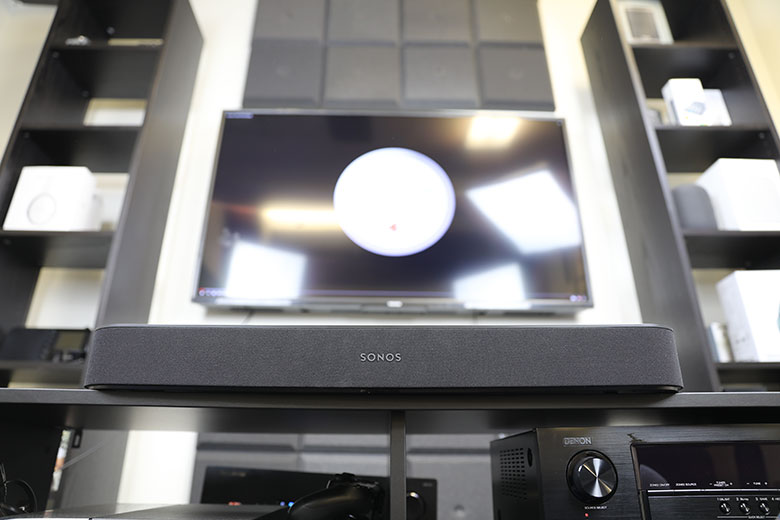
If your sound arrives a few milliseconds before your picture, then you’re in luck. This is by far the easier option to fix. It shouldn’t take you more than a few minutes to diagnose and treat the problem. Here are the options you should try, in order.
The first thing to do is to try a different source to see if this fixes the problem. For example, if the problem is coming from your Blu-ray player, try a regular TV channel, or a streaming service like Netflix or Amazon Prime. It may be that the issue is limited to one source, which will help guide you in the next step.
Sync issues are so common in the world of home theater that manufacturers actually build fixes in directly to their software. They do this in the form of a menu option known as Audio Delay, which is usually found in the Audio submenu of your TV or source player or AV receiver. It lets you manually delay the output of the audio by a millisecond at a time, and it is by far and away the easiest and most straightforward method of fixing the issue of sound arriving before picture. Once you’ve diagnosed the source of the problem (see the previous section) you’ll be able to dial up the on-screen menu of the source, and make the changes. Don’t worry if you
don’t see audio delay on your source menu; you'll still be able to use the one that is almost certainly on your TV.
The downside, of course, is that you will have to do this syncing manually. You’ll need to adjust the setting in small increments, then check the playback to see if the issue was fixed. The good news is, the human brain is on your side here. You’ll very quickly be able to figure out when things sound ‘right’, and go back to your long anticipated movie night.
Let’s take, for example, our test receiver at The Master Switch: the Denon AVR-S750H. Great receiver, works really well. It has not only an Audio Delay setting, that allows you to adjust up to 500 milliseconds, but also includes an Auto Lip Sync option that, putatively at least, does it for you. We’ll be honest, we’ve never had good results with this, but we always had good results from the Audio Delay.
If you still need additional help, check out this YouTube video. It’s an easy way to visually line up the audio and video.
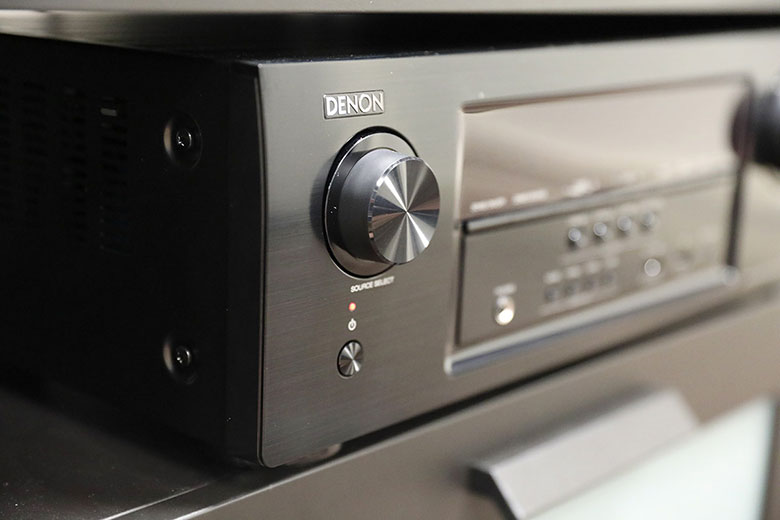
If you’re able to play with audio delay, then chances are you’ve fixed the problem. But if it’s still causing issues, then you may want to check a particular feature called Game Mode that appears on many modern TVs. Essentially, Game Mode is a feature that reduces video processing, in order for inputs on a game controller to have an instant effect on the on-screen action. Enabling it may reduce the delay between sound and picture, and cause them to sync up. Hooray!
The problem here is that disabling Game Mode may cause issues with the picture itself— or at the very least, slightly reduce the quality. That’s not the end of the world, necessarily, but it can be frustrating. Our hope is that manufacturers will produce a more permanent fix in the future, but to be honest, we aren’t holding our breath.
If you’ve narrowed things down to a specific source, like a Blu-ray player, then you may be in luck. One of the easiest fixes here is to simply connect your soundbar directly to your source instead, rather than to your TV. This can be done via an HDMI or an optical connection. Essentially, it reduces the processing time needed for each element, and will increase the chances that your sound and picture will sync up. It can be frustrating if you ever plan to use other sources, however, so we consider this only if Audio Delay Settings and Game Mode haven’t worked.

This is much less common than sound arriving early, which is the good news. The bad news is that if you have this problem, it can be a pain in the butt to fix. There aren’t many options for doing so, but there are a few.
One thing worth trying is seeing if your Audio Delay setting allows you to deliberately lag the audio—in other words, to make it appear faster, rather than later. Unfortunately, settings vary with different manufacturers, and there’s no guarantee that your TV or source will be able to do this. Sorry—we wish we had better news. If you can manipulate the setting, perfect. If not, it’s worth trying the option below, or connecting your soundbar or speakers directly to your source.
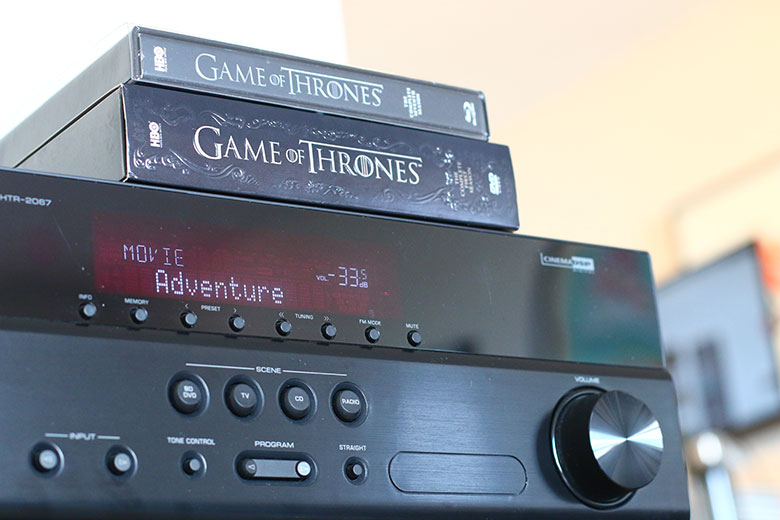
A lag where the sound arrives after the picture usually pops up if you’re using a full AV receiver and home theater setup, and one of the reasons is the receiver doing video processing of its own. This is entirely possible, and when both your receiver and TV are engaged in video processing, weird things can happen. One of these weird things is the sound arriving after the picture, although we will be honest, we aren’t sure exactly what goes on in the digital guts of your electronics to make this happen.
Depending on your receiver, you will need to dive into the menus to turn off all video processing. Look for any picture settings that are set on Auto, and turn them to Manual or Off. If things still aren’t working as they should, try doing the same to your TV. If you find your picture quality suffers, you can always turn each setting on individually, one at a time, and see if you can locate the offending setting.